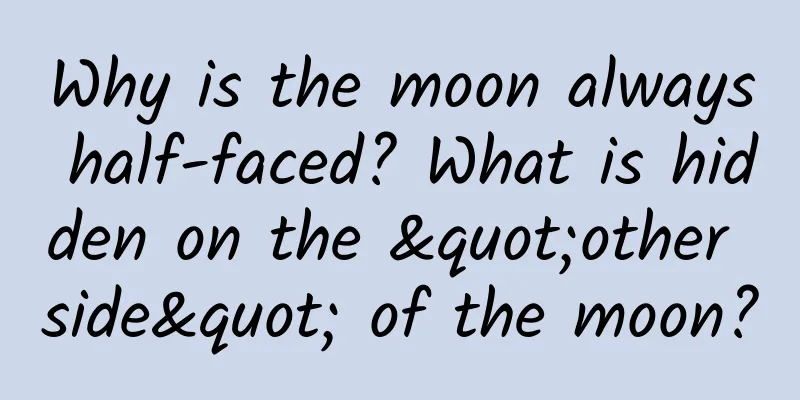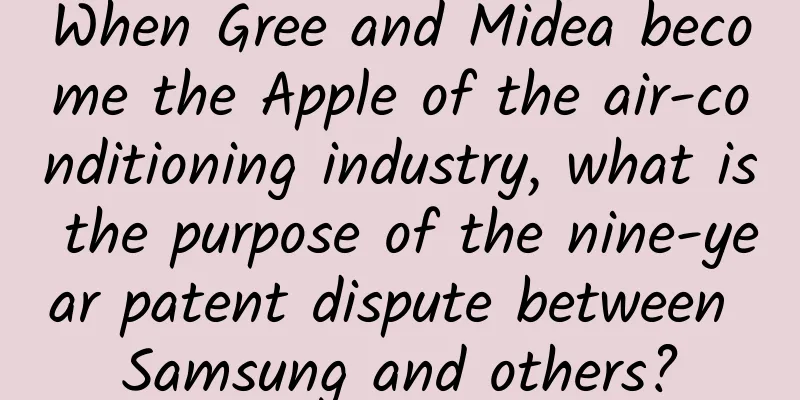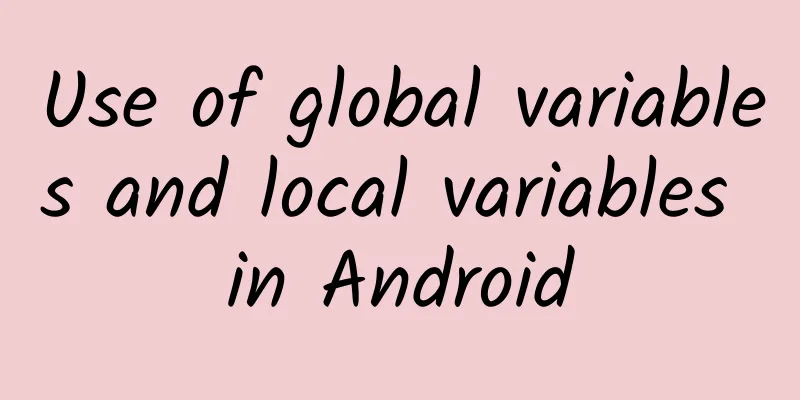Why is the moon always half-faced? What is hidden on the "other side" of the moon?

|
When you look up at the moon at night, do you find that it always seems to be on the same side? In fact, this is not an illusion! The moon does have another side that is "forever hidden" and we can never see it from the earth. What is going on? Why does the moon always have “half a face”? Imagine you and a friend are spinning in circles. If you both spin at the same speed, you can only see the front of your friend, right? The same is true for the moon and the earth. Every time the moon rotates, it also rotates around the earth. It's like if you and your friend keep the same pace, you can only see one side of him. The magic of tidal locking Behind this lies a cosmic mystery called "tidal locking". Tidal locking refers to the result that the rotation period of a celestial body remains consistent with its revolution period during its revolution period. In other words, while a celestial body is orbiting around another object, it will also keep the same side facing the object. In the "duo" of the Earth and the Moon, the Earth plays a leading role. Due to the Earth's gravitational pull, the Moon's rotation speed gradually slows down until it synchronizes with its revolution period, eventually forming a tidal lock. Therefore, we can only see the same side of the Moon from Earth, while the other side is always hidden in the shadow, known as the "far side of the Moon." Can we explore the far side of the moon? Although we cannot see the far side of the moon from Earth, scientists can study it through probes. Recently, my country's Chang'e-6 probe successfully collected samples from the far side of the moon and brought them back to Earth. This mission fills the gap in humans obtaining samples from the far side of the moon and provides important data for studying the origin of the moon and the evolution of the solar system. The Chang'e 6 lander and ascender are here! (China National Space Administration) Not only the moon, but also them The tidal locking phenomenon is not uncommon in the universe. In addition to the moon, many satellites are also tidally locked with their respective planets. For example, Jupiter's satellite Europa and Pluto's satellite Charon all show the characteristic of "only one side is always exposed". Exploration never stops, the future is promising The hidden on the far side of the moon is not only a manifestation of the mysteries of the universe, but also an important mark of human exploration of space. With the continuous development of aerospace technology, I believe that in the future we will be able to understand this mysterious land more deeply and uncover more of its secrets. Source: Chongqing Radio Science Popularization Experience Center Audit expert: Yang Wenyan Statement: Except for original content and special notes, some pictures are from the Internet. They are not for commercial purposes and are only used as popular science materials. The copyright belongs to the original authors. If there is any infringement, please contact us to delete them. |
>>: Is it a loss if you don’t buy anything on 618?
Recommend
[Smart Farmers] Don’t be careless: Food poisoning caused by this bacteria often tops the list
[Smart Farmers] Don’t be careless: Food poisoning...
Facebook advertising targeting optimization uses these 8 methods!
The number of advertisers and industries in China...
A complete analysis of user retention strategies!
After the user is activated, we need to find a wa...
Mosquito bites are so itchy! What does the brain want to tell you through the itching signal?
Leviathan Press: When you are bitten by a mosquit...
How to use content marketing to achieve 15 million APP exposures and 200,000 downloads in 1 day?
During the APP promotion process, marketers usual...
90% of people don’t know about these five useful functions of WeChat: The last one is too convenient
Before we knew it, February 2022 is already WeCha...
Microsoft exec says Xbox One was made for shooters
Although Wii U, PlayStation 4 and Xbox One are of...
Can fish be infected with the new coronavirus? Why do we need to do nucleic acid testing?
Recently, fishing officially started in the water...
Bailang takes you to play Douyin to promote products: leather jackets and belts [Video Course]
Leather jacket live room speech. Welcome friends,...
The Internet + Movie has been called for for so long, but has there been any changes in the film industry?
At last year's Shanghai Film Festival, Bona F...
Car sharing has spawned a variety of business models: driverless cars will be the first to explode in the time-sharing rental market
China's car-sharing industry, which began in ...
The most heartfelt public service advertisement: If your family is involved in a traffic accident...
Tearful Public Service Announcement: What would y...
I get shocked when I disagree with something. Why does static electricity always come to me?
Audit expert: Zhou Hongzhi Senior Experimentalist...
Why are most organisms "symmetrical"?
Today, the biodiversity of the earth is very rich...
Google Brain's founding member resigned, and he also broke up with Jeff Dean
This article is reprinted with permission from AI...









